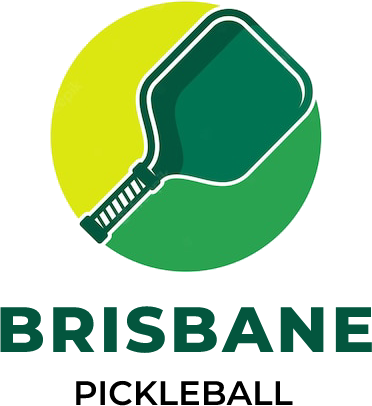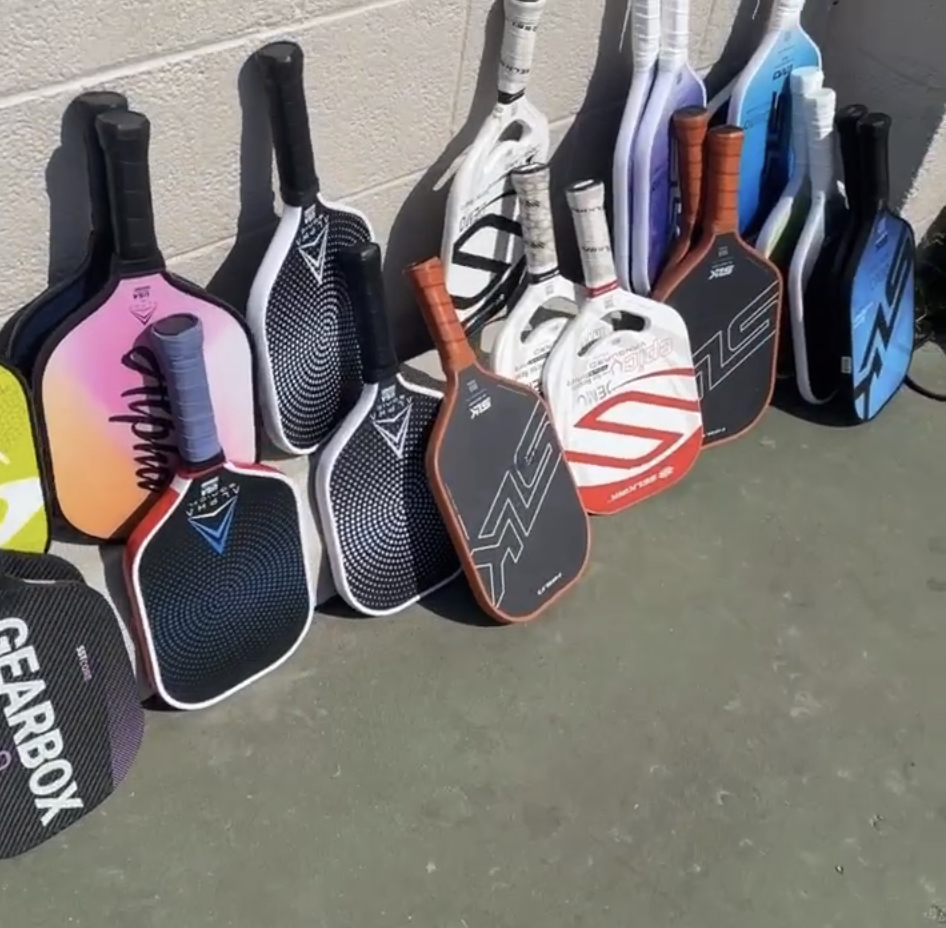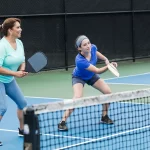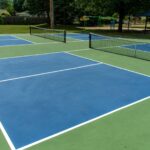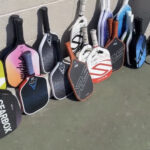As pickleball fever continues to grip players of all ages, the spotlight on paddle construction has never been brighter. In this blog post, we’ll unravel the intricacies of two distinct paddle-making techniques: the time-honored non-thermoform and the cutting-edge thermoform. Get ready to explore the secrets behind these pickleball paddles and discover the nuances that set them apart, helping you make an informed choice for your next game.
Non-Thermoform Paddles: A Traditional Touch
Non-thermoform paddles, often referred to as composite paddles, embody the craftsmanship of yesteryear. The process involves a meticulous layering technique, stacking diverse materials to create a robust structure. The core, commonly crafted from polymer, aluminum, or Nomex, provides the paddle with a solid foundation.
The face of non-thermoform paddles typically features fiberglass, carbon fiber, or a blend of both, striking a delicate balance between power and control. The traditional layering process demands precision in stacking, pressing, and curing, resulting in paddles that offer reliability, consistent performance, and impressive durability.
Thermoform Paddles: Shaping the Future
Enter the realm of thermoform paddles, where innovation meets performance. These paddles undergo a contemporary molding process, applying heat and pressure to shape the components. The core of thermoform paddles often incorporates lightweight materials like polypropylene or polymer foam, contributing to a paddle that’s easy on the hands and swift on the court. Companies like HUSTL Pickleball, CRBN & Six Zero make both thermoform and non-thermoform paddles.
The face, akin to non-thermoform paddles, is composed of composite materials, but the thermoform molding process allows for finer details. This includes textured surfaces and intricate patterns, elevating the overall design. Thermoform paddles are celebrated for their feather-light feel, providing players with unparalleled maneuverability and responsiveness.
Distinguishing Factors to Consider
- Weight and Agility:
- Non-thermoform paddles: Solid and slightly heavier, offering stability on the court.
- Thermoform paddles: Lightweight, ensuring quick maneuverability and swift reactions during gameplay.
- Feel and Precision:
- Non-thermoform paddles: Reliable and consistent, providing players with a controlled feel during every shot.
- Thermoform paddles: Responsive and touch-oriented, allowing for precision and finesse in gameplay.
- Durability and Innovation:
- Non-thermoform paddles: Time-tested durability with a traditional layering approach.
- Thermoform paddles: Innovative molding process for a lightweight design, though may require careful handling in extreme conditions.
Whether you’re drawn to the timeless appeal of non-thermoform paddles or enticed by the modern innovations of thermoform counterparts, your choice ultimately hinges on your playing style and preferences. Regardless, for Pickleball in Melbourne to try before you buy at a pickleball pro shop is a great way to test out the paddles before you buy so you know what you are paying for suits your game. You can always do your own research and purchase pickleball paddles online, but buyer beware. As you navigate the exciting world of pickleball, armed with the knowledge of paddle craftsmanship, you’re poised to make an informed decision that could redefine your game. The court awaits – choose your paddle wisely and embark on a journey of pickleball mastery!
